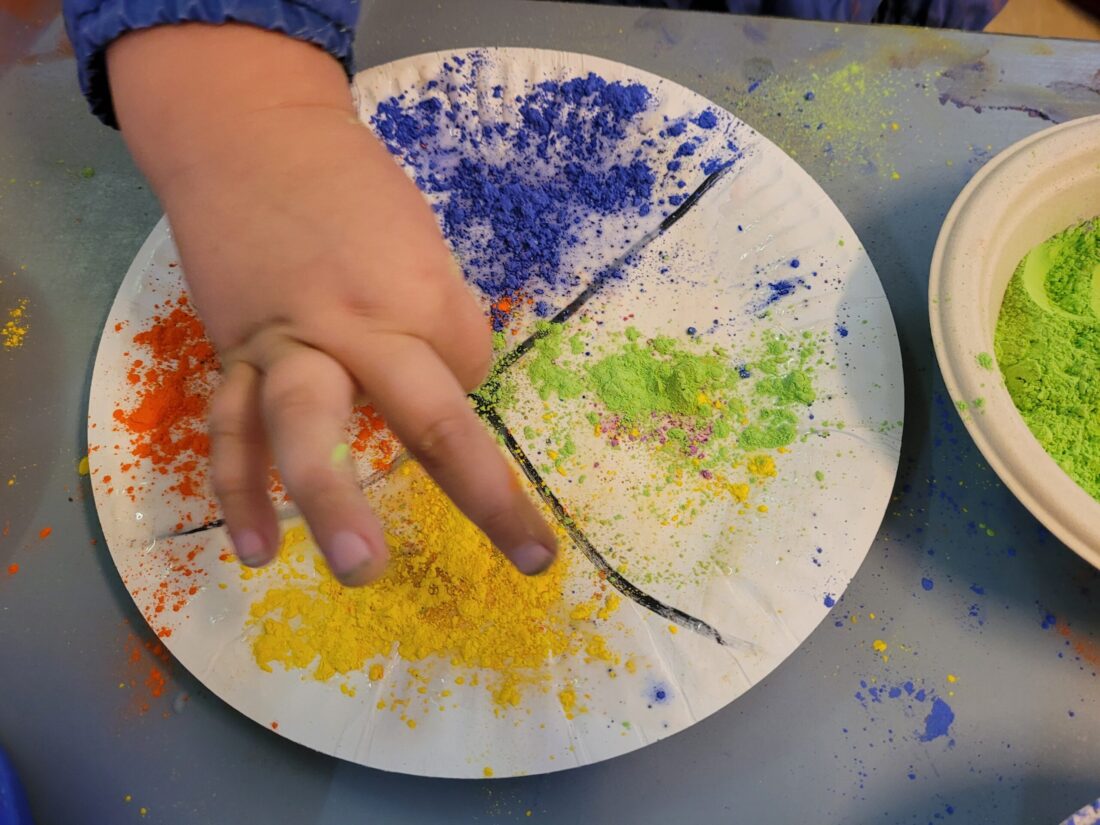Foundation Building for 3-4 years
Foundation building for 3-4 years weaves in nicely with the 4-5 foundation building years, to ensure the children have a smooth transition and a sound knowledge of the fundamental skills they need for school readiness. We’re off to a flying start in the first 6 months of this year.
At the beginning of the year, the children had short attention spans, a lack of focus and struggled to manage their emotions, displaying outbursts when things didn’t go their way.
Now, just 6 months later the children sit with legs crossed ready for learning and focus for longer periods of time, they engage and manage their emotions with breathing techniques and redirection tools. Sometimes the children need assistance in dissolving their emotions with a redirection but most importantly they can self regulate. Like any foundation, the life skills are building.
To track foundation building, we follow the Queensland health Developmental milestones guide for Early Years Learning Framework. Each weeks program includes each of the 5 learning outcomes of the EYLF (Early Years Learning Frame) ensuring children have:
- A strong sense of belonging;
- Are connecting and contributing to their world;
- Have a strong sense of wellbeing;
- Are involved strong learners; and
- They are effective communicators.
Our specialty programs- Cultural awareness “Empowering Our Youth”, Resilience program “Mindful Kids” and nature play program “Bush Kindy” are all embedded into our daily practices with individual lessons planned for optimum growth.
Early Years Learning Framework
We begin each day in the environmental yarning circle grounding in nature, acknowledging our traditional custodians of the land and pay our respects to their Elders of past, present and emerging, through ‘Acknowledgement Of Country’ because it’s our way of bridging the gap and walking together as one.
We then venture inside to calm our bodies and focus our minds for the day with yoga practice and singing our mindset song. As a result, this routine sets children up for a conducive learning environment to be passionately curious.
Main group times involve songs and movement to remember and consolidate numbers, letters, colours, shapes, days of the week, months of the year, alphabet and name recognition.
We have recently introduced ‘Show and Tell’, to build confidence and support speech development. As a result, the children are thoroughly enjoying it, as they can talk about anything their heart desires.
Mindful kids
Our “mindful kids” resilience program is embedded and modified to every room. In our room, we focus on:
- Breathwork – We do different breathing techniques like breathing like a dragon, milkshake breathing and deep belly breathing.
- Yoga – using a yoga ball the children have a turn of rolling it for different pose’s.
- Emotion Charts – This helps children identify their feelings so they can talk it through.
- Growth Mindset Song – It’s a song to remind children to give it a go, try new things and mistakes don’t mean they can’t do it, it just means they can’ do it YET!
- Redirection Tools – In our classroom we have created a quiet space for children to freely visit when feeling overwhelmed with situations or when they are requested to redirect their thoughts to something calmer. We focused on our “Stop, Breath, Squeeze, Communicate” tool. This tool along with other tools (sensory bottles, emotion cards, and a resilience basket with many breath work techniques) are readily accessible to the children to assist them in managing their emotions.
Empowering Our Youth
This is our Indigenous cultural awareness program that is embedded and modified to every age group.
We embrace the culture with different art experiences, language, and storytelling.
Once a month we are focusing on a different topic in our room. The topics we have visited are:
- Counting in the Yugambeh language;
- Traditional art techniques – Dot paintings, x-ray art, and cross hatching techniques;
- Traditional art from the Torres Strait islands – Head dress, body adornments;
- Bush tucker – cooking with native plants, tasting native ingredients, learn about native plants; and
- Aboriginal symbols.
What’s to come:
- NAIDOC Week;
- Yugambeh animal names;
- Weaving the traditional way;
- Yugambeh family words; and
- Aboriginal movement and dance.
Bush Kindy
This is our nature inspired bush Kindy program that is embedded and modified to each age group, facilitated in our environmental yard.
We use resources from nature to do our craft activities, which the children enjoy very much. Each month we have a different theme to make it interesting and cater for new experiences. This month our topic covers everything in the sea and at the beach.
In the months to come we will have a look at:
- Trees;
- Australian Animals;
- Birds/feathers/nests;
- Life cycles; and
- Earth friendly decorations.
The children have the opportunity to tap into their creative side and develop a respect for their environment.
Role Play
First term the children’s interest were cooking, so they enjoyed a restaurant/ home corner.
This term, the children had an interest in our community helpers and wanted to treat their sick animals, so we created a community vet clinic in our room. This station is quite popular to say the least.
Although, there is talk amongst the children of doctors and Nurses in Emergency, so the vet clinic will soon be closed to make way for the new interest.
Self-help skills
Lockers and hat pockets are adorned with the children’s photo, so they feel a sense of belonging and accompanied with their name for name recognition. We encourage you to aid your child to find their name and ask them to recognise the letters in their name.
Gross & Fine Motor skills
Working on gross motor skills helps a child gain strength and confidence in their body. Developing these skills helps a child’s ability to do more complex skills in future activities, such as playing soccer with a team.
Fine Motor skills however, are important because little hands need to develop dexterity and strength, in order to write, dress themselves and feed themselves.
Gross Motor Outdoors
We support our children to practise their gross motor skills, mainly out at the big yard but also inside the room. Meeting developmental milestones for 3- to 4-year-olds that cover all below.
Out at the big yard the children explore;
- Obstacle courses ( co-ordination, balance, core strength);
- gymnastics mats ( co-ordination, core strength) ;
- Playground skills (Running, skipping , jumping, climbing)
- Climbing wall and forts (core and upper body strength, balance, leg strengthening);
- Swings ( balance, core strength, upper body strength and leg strengthening)
- Sports skills (Hand-eye co-ordination-Ball throwing, catching, and kicking)
- Exploring innovation play with natural materials (Sand, dirt, mulch, timber beams)
Gross Motor Indoors
- Music and Movement
- Finger muscle strengthening, through different craft activities
Fine Motor skills
As a result of encouraging children to play, explore and interact with a variety of items, art activity time has become one of the popular activities of our daily routine.
Different toys, buttons on dress-ups, safe scissors and play dough are all tactile examples of practices that facilitate fine motor development. These types of “play” activities and manipulation skills will help prepare the children to hold and use a crayon in a proper way.
The activities we been providing the children with:
- Drawing;
- Scissor practice;
- Threading experiences;
- Painting;
- Play dough; and
- Writing.
We are on track to reaching each child’s fullest potential and as the children continue to develop at rapid speeds, we look forward to witnessing their progress.
That’s all this month from Miss Hannelie, Miss Sky and the Jomgwongs (Snakes) children.
Also please follow our Facebook and Instagram Pages and stay up to date


